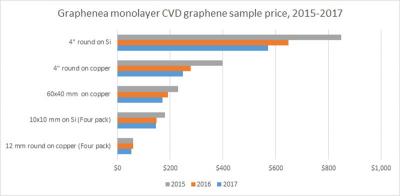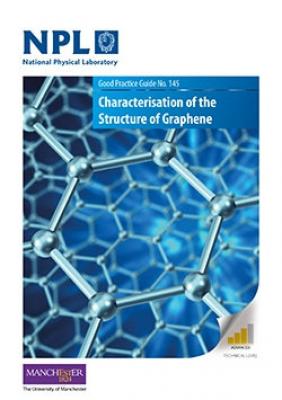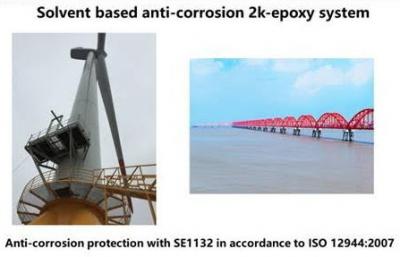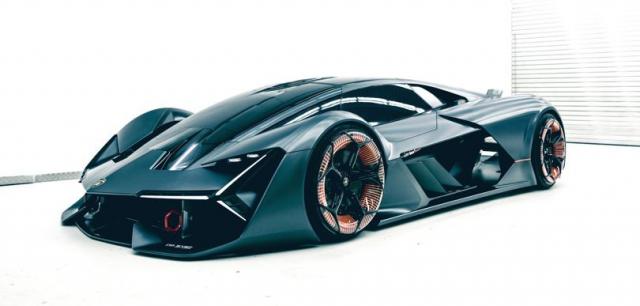Despite initial reports, MIT-Lamborghini supercapacitor to be based on MOFs and not graphene
A few days ago, the collaboration between MIT and Lamborghini to develop a graphene-enhanced supercar was talked about all over, and caused great excitement. However, the Graphene-Info team was not satisfied with the scarcity of the details supplied, and approached MIT Professor Mircea Dinca, the spearheads this project.
Prof. Dinca stated that the supercapacitors that are bring developed as part of this collaboration most decidedly do not have graphene in them and are not graphene-enhanced. "In fact, the whole point is that we are not using graphitic materials, which is what most other EDLCs use. Instead, we are using materials known as metal-organic frameworks, some of which have graphene-like (i.e. 2D) structures, but are definitely not made of graphene", Dinca said.






